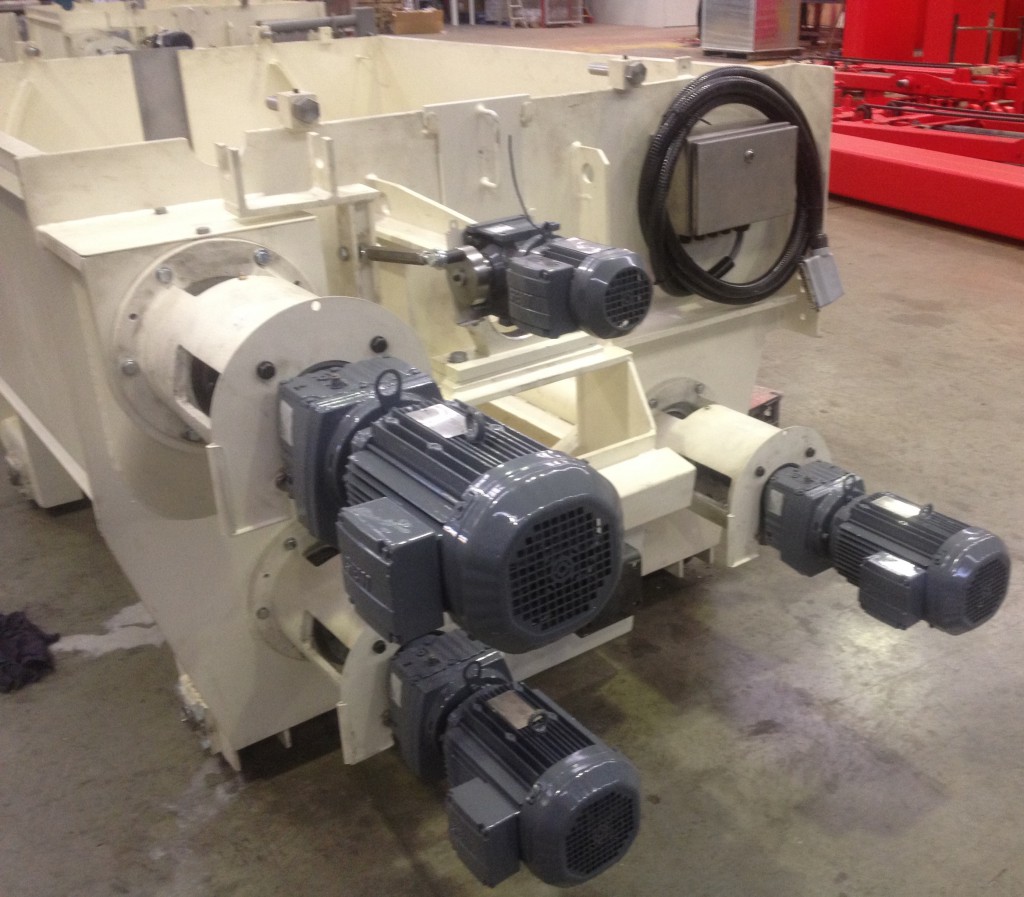CUSTOMER – csr cemintel fiber cement systems – wetherill park
Machinery purpose
Vat machines are used in the manufacturing process of fiber cement sheets. The vat machine is a key component in what is known as the hatscheck process. During this process the vat machine continually applies a slurry mixture of cement and cellulose fibers onto a felt conveyor belt. As this felt belt continues to run over a number of other vat machines, a film of cement begins to build up on its surface. Once this film has built up enough thickness, it is then transferred to the forming roller which transports it further down the production line.
How it works
The vat machine consists of a large number of components, some of the key components however are primarily the paddle shafts, screw shaft and sieve drum. The paddle shafts are located towards the bottom of the vat tub, they continually rotate to help agitate the incoming feed of concrete and fiber slurry, this helps maintain an even mixture of cement and fibers.
The screw shaft, located towards the top of the vat tub, also rotates continually but serves the purpose of applying the slurry mixture onto the sieve drum just before it comes into contact with the felt belt. This ensures that the fibers in the slurry mixture are uniformly aligned and distributed onto the sieve drum.
Machinery features
- Fabricated from high strength, stainless steel rolled plate.
- Heavy duty seals ensure good service life under the harshest conditions.
- High tensile shafts utilising twin sealed deep groove ball bearings.
- Robust design, all debris-sensitive areas are isolated to increase service life.
Task
Precision Metal Group was asked to maintain and recondition of vat machines built by a third party some 20 years ago. The task was to maintain and strive to increase reliability on the production line. The work involved fully measuring the vats, constructing accurate 3D computer models, preparing fully detailed shop drawings. Develop specifications, inspection process and acceptance criteria. Create quality control documents and undertake actual repair and recondition work according to those procedures on a regular basis. This fully integrated maintenance regime resulted in significant improvements to reliability on the customer’s production line.

